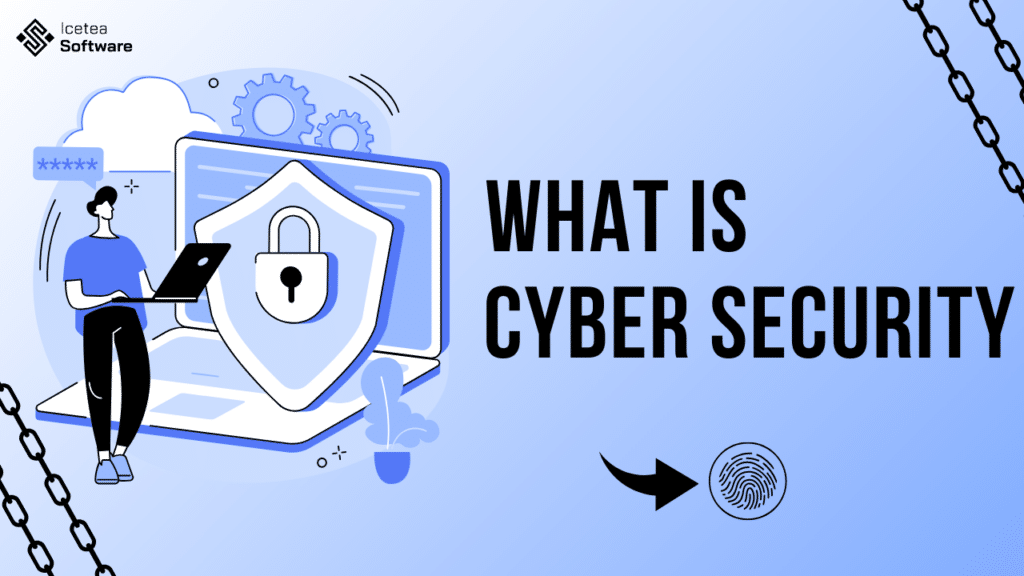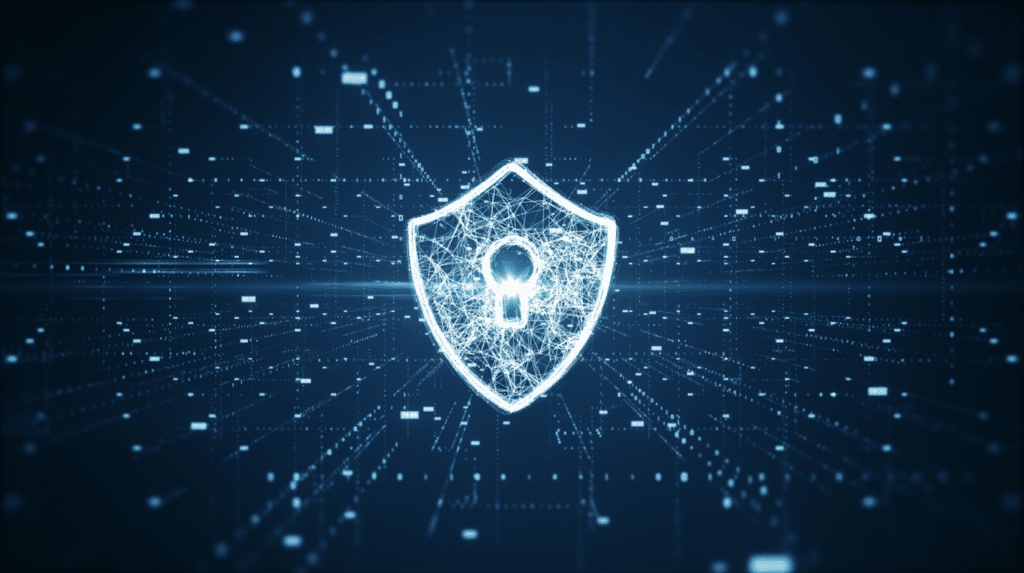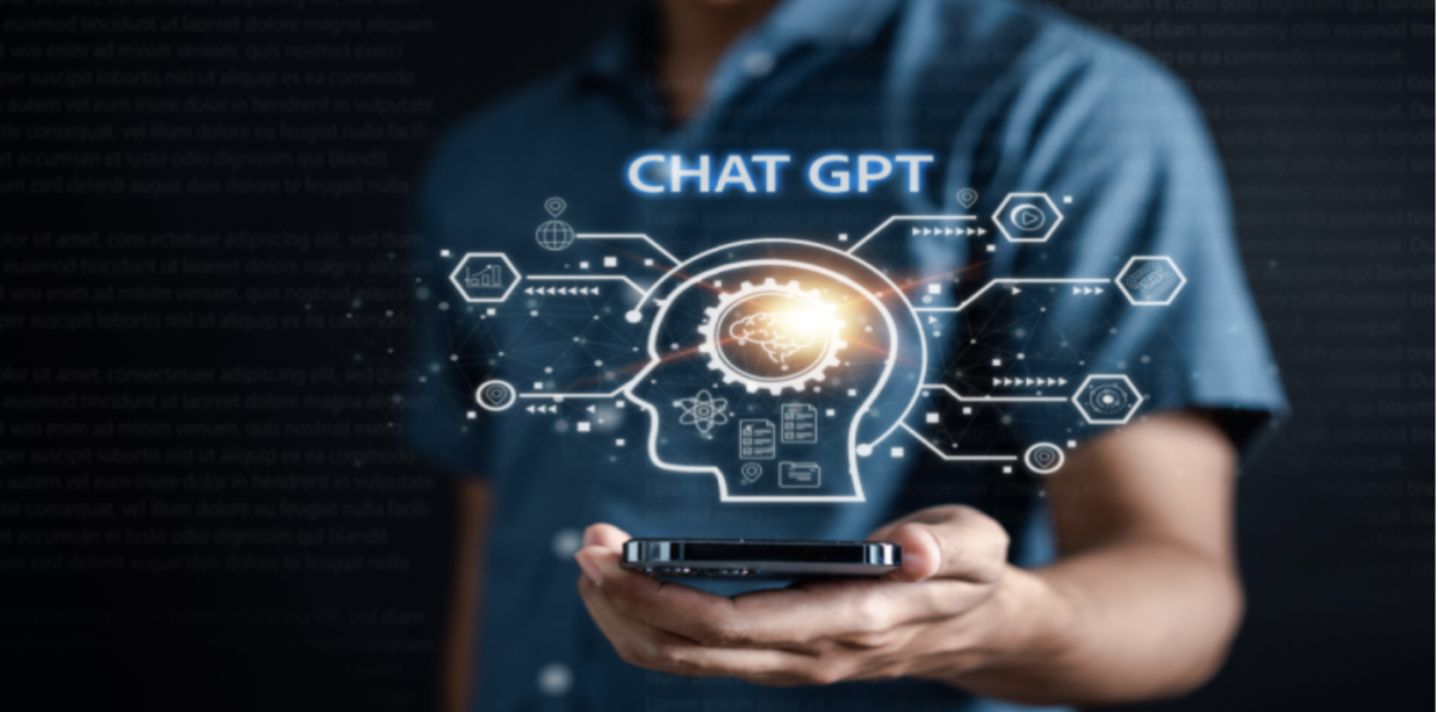
In our digitally-driven world, where every aspect of our lives is intertwined with technology, the significance of cybersecurity cannot be overstated. From safeguarding sensitive data to fortifying critical infrastructure, cybersecurity serves as the frontline defense against a myriad of cyber threats. Let’s delve deeper into what cybersecurity entails and why it’s crucial in today’s interconnected landscape.
Understanding the Essence of Cybersecurity:
Cybersecurity is a multifaceted discipline encompassing a wide array of practices, technologies, and strategies aimed at protecting digital systems, networks, and data from unauthorized access, malicious activities, and cyber threats. Its primary goal is to ensure the confidentiality, integrity, and availability of information in the face of evolving cyber risks.
The Importance of Cybersecurity:

- Protection of Sensitive Data: In an era where data is often dubbed as the new oil, organizations and individuals amass vast amounts of sensitive information, ranging from personal identities to proprietary business secrets. Cybersecurity measures are indispensable in safeguarding this treasure trove of data from falling into the wrong hands through breaches, theft, or exploitation.
- Mitigation of Financial Loss: Cyberattacks can wreak havoc on both the digital and financial fronts. Whether it’s a ransomware attack paralyzing operations or a data breach compromising customer financial information, the financial repercussions can be staggering. Robust cybersecurity measures help mitigate these risks, reducing the potential for financial losses and operational disruptions.
- Preservation of Trust and Reputation: Trust is the cornerstone of any relationship, be it between businesses and customers or governments and citizens. A single cybersecurity breach can shatter that trust, tarnishing an organization’s reputation and credibility. By prioritizing cybersecurity, organizations demonstrate their commitment to protecting customer data and upholding trust in an increasingly digital world.
- Protection of Critical Infrastructure: Our society relies heavily on interconnected digital systems to power essential services such as energy, transportation, healthcare, and finance. Cyberattacks targeting critical infrastructure pose a significant threat, with the potential to disrupt vital services and cause widespread chaos. Cybersecurity measures help fortify these systems, ensuring their resilience against cyber threats.
- Defense Against Cybercrime: Cybercrime has evolved into a lucrative industry, with cybercriminals constantly devising new tactics to exploit vulnerabilities for financial gain. From phishing scams to identity theft and beyond, cybercrime poses a pervasive threat to individuals and organizations alike. Robust cybersecurity measures serve as a bulwark against these malicious activities, deterring, detecting, and neutralizing cyber threats before they inflict harm.
- Adherence to Regulatory Compliance: With the increasing prevalence of data privacy regulations such as GDPR, CCPA, and HIPAA, organizations are obligated to implement robust cybersecurity measures to protect sensitive information and adhere to regulatory requirements. Failure to comply with these regulations can result in severe financial penalties and reputational damage.
Challenges of Cybersecurity:
- Sophisticated Threat Landscape: Cyber threats are becoming increasingly sophisticated, with adversaries leveraging advanced techniques such as artificial intelligence and machine learning to evade detection and breach defenses.
- Lack of Cybersecurity Awareness: Despite the growing awareness of cybersecurity issues, many individuals and organizations still lack a comprehensive understanding of the risks and best practices, making them more susceptible to cyber attacks.
- Shortage of Skilled Cybersecurity Professionals: There is a significant shortage of skilled cybersecurity professionals, leading to a talent gap in the industry. This scarcity makes it challenging for organizations to recruit and retain qualified cybersecurity experts.
- Rapidly Evolving Technology: The rapid pace of technological advancements introduces new vulnerabilities and attack vectors, making it difficult for cybersecurity measures to keep pace with emerging threats.
- Complexity of IT Infrastructure: Modern IT environments are increasingly complex, with hybrid cloud architectures, IoT devices, and interconnected networks. Managing the security of such diverse and sprawling infrastructure poses significant challenges for cybersecurity professionals.
- Insider Threats: Insider threats, whether intentional or unintentional, pose a significant risk to organizations. Employees, contractors, or partners with access to sensitive information can inadvertently compromise security or intentionally exploit vulnerabilities for personal gain.
Types of Cyber Threats
- Malware: Malicious software, including viruses, worms, Trojans, and ransomware, designed to infiltrate systems, steal data, or cause damage.
- Phishing: Social engineering attacks that trick individuals into divulging sensitive information or clicking on malicious links, often through deceptive emails or fake websites.
- Denial-of-Service (DoS) Attacks: Attempts to disrupt the availability of services or networks by flooding them with excessive traffic, rendering them inaccessible to legitimate users.
- Man-in-the-Middle (MitM) Attacks: Interception of communication between two parties by a third party, allowing the attacker to eavesdrop, modify, or inject malicious content into the communication.
- SQL Injection: Exploitation of vulnerabilities in web applications to execute malicious SQL queries, enabling attackers to extract or manipulate database information.
- Zero-Day Exploits: Attacks that target previously unknown vulnerabilities, known as zero-day vulnerabilities, before they are patched by software vendors, giving attackers the upper hand in exploiting systems.
- Insider Threats: Threats originating from within an organization, such as employees or contractors, who misuse their access privileges to steal data, sabotage systems, or compromise security.
- Advanced Persistent Threats (APTs): Sophisticated, long-term cyber attacks conducted by well-funded and highly skilled adversaries, often targeting specific organizations or individuals for espionage or sabotage.
Cybersecurity best practices

- Maintain software updates diligently: Regularly updating all software, including antivirus programs, is essential to prevent cyber attackers from exploiting known vulnerabilities that software companies have already addressed through patches and updates.
- Customize default usernames and passwords: Changing default usernames and passwords on factory preset devices is crucial because malicious actors can easily exploit these defaults to gain unauthorized access to a network, potentially compromising sensitive data and systems.
- Employ robust password practices: Encourage employees to create strong passwords that incorporate a combination of letters, numbers, and symbols to increase resilience against brute-force attacks or password guessing. Additionally, emphasize the importance of regularly updating passwords to enhance security.
- Implement multifactor authentication (MFA): MFA adds an extra layer of security by requiring users to provide at least two different forms of verification before accessing systems or data, significantly reducing the risk of unauthorized access by cybercriminals.
- Educate employees on security awareness: Provide comprehensive training to ensure that employees understand the potential risks associated with various cybersecurity threats, such as phishing attacks through suspicious emails. Equip them with the knowledge and skills to recognize and appropriately respond to such threats.
- Deploy an identity and access management system (IAM): IAM solutions help organizations manage user identities, roles, and access privileges effectively. By defining user roles and access conditions, IAM systems ensure that only authorized individuals can access specific data or systems.
- Implement an attack surface management system: This involves continuously monitoring and managing an organization’s IT infrastructure to identify and address potential vulnerabilities. By proactively assessing and securing IT assets, organizations can reduce the likelihood of successful cyber attacks.
- Utilize firewalls effectively: Firewalls play a critical role in network security by monitoring and controlling incoming and outgoing traffic. Configure firewalls to restrict unnecessary outbound traffic and block access to potentially malicious content, thereby enhancing overall network security.
- Establish a comprehensive disaster recovery process: Develop a robust disaster recovery plan that outlines procedures for responding to and recovering from cyber attacks or other emergencies. Ensure that the plan includes regular backups of critical data and systems, as well as clear protocols for restoring operations swiftly and minimizing downtime. Regularly test and update the disaster recovery plan to ensure its effectiveness in real-world scenarios.








